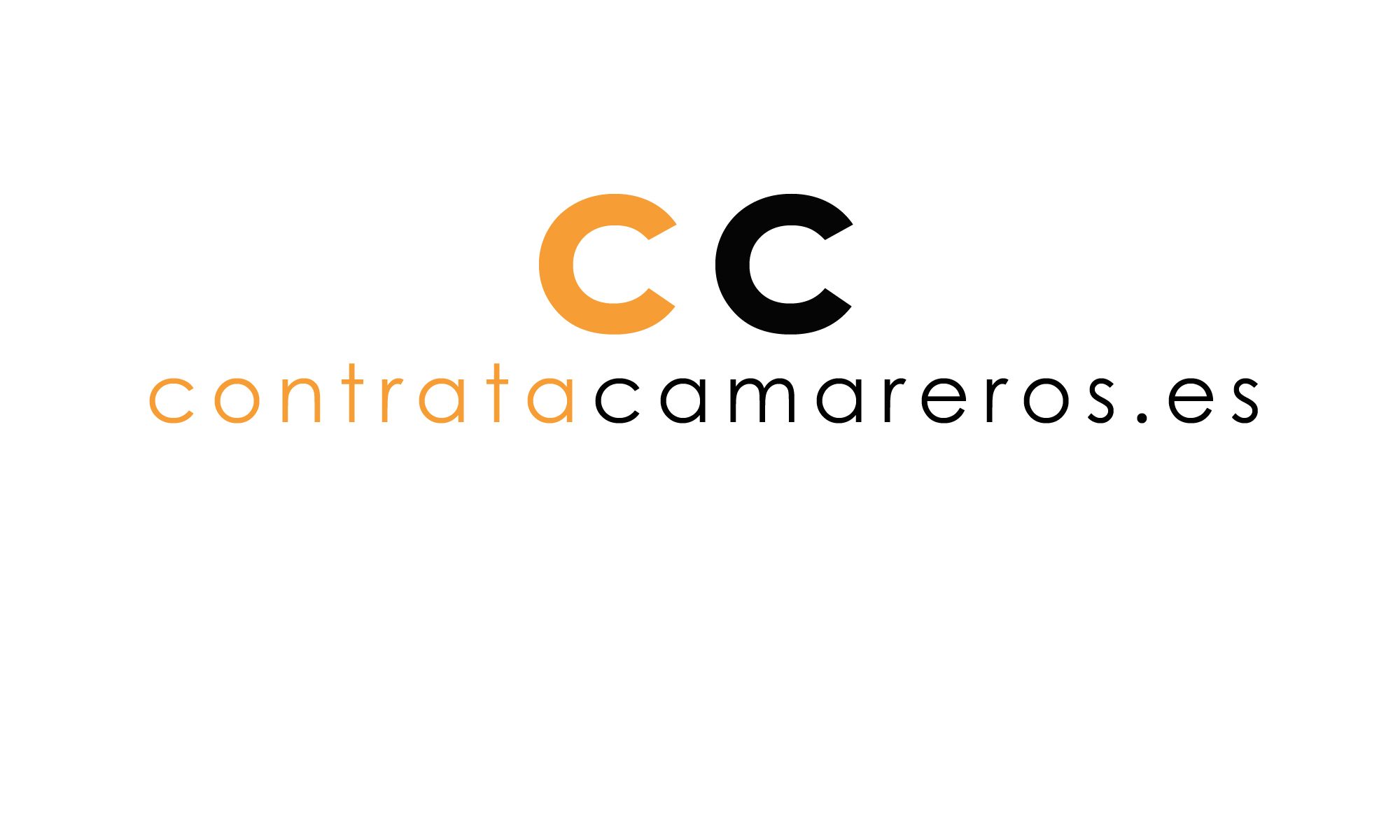Beyond the physical and mental health consequences, cocaine addiction can wreak havoc on personal relationships, occupational functioning, and financial stability. The intense craving for cocaine can drive individuals to engage in risky behaviors, such as theft or prostitution, to sustain their addiction. Cocaine, often touted as the “caviar of street drugs,” is a high-priced way of getting high. The mystique of cocaine is often sensationalized in movies and by celebrities, who can afford this high-priced and illegal drug. Classified by the federal government as a high abuse, high dependency risk, the reality of cocaine hits after the high.
Seth brings many years of professional experience working the front lines of addiction in both the government and privatized sectors. Approaching and talking to someone using cocaine is a sensitive matter requiring delicate handling. Drug users are likely to deny they have a problem and may react aggressively if pressed further. Learning about their problem lets you know what to watch out for and how best to help them.
Why Do People Use Cocaine?
This high can be addictive, causing people to consume more and more of the substance. It can be stressful and overwhelming to talk with a loved one about a cocaine addiction. It’s best to keep the conversation calm and focused on your support and on places that your loved one can go for help. Steering clear of accusations and arguments cocaine addiction treatment can help the conversation go in a more useful direction. If you believe a loved one is using cocaine, it’s best to talk with them about it in a way that focuses on support and care, without accusations or pressure. While some people experience few withdrawal effects from cocaine, others experience debilitating symptoms.
- Cocaine withdrawal symptoms include fatigue, depression, anxiety, increased appetite, vivid dreams, agitation, irritability, hallucinations, and intense cravings.
- Cocaine is a powerful, addictive stimulant that is usually snorted or smoked.
- Having drug paraphernalia, or other items for using cocaine in your home or apartment can be a sign of addiction too.
- Also, people who combine alcohol and cocaine have been known to become violent.
- We do not receive any compensation or commission for referrals to other treatment facilities.
It is classified as a CNS (central nervous system) stimulant and a local anesthetic. If you believe someone has overdosed on cocaine or another substance, take them to the nearest emergency room or call 911 immediately. If your loved one is ready to start treatment, the Substance Abuse and Mental Health Services Administration (SAMHSA) is a great place to start.
Cocaine Addiction Intervention
Since it’s an illegal drug, an abuser often doesn’t know the dose, source, or if even it’s cocaine they are snorting or injecting. Just as often, dealers contribute additives like allergy medicine to increase their profit margins. Often parents, spouses, employers—or other people who care about a man’s cocaine use—want to know what symptoms and signs they should look for. Fortunately, there are things you can become aware of to know if there is indeed a problem. Furthermore, when alcohol and cocaine are metabolized in the liver, the liver produces an enzyme – cocaethylene.
- It’s important to note that the short-term effects of cocaine use can vary depending on factors such as the individual’s tolerance, the amount and frequency of use, and the method of administration.
- This article lists the physical, behavioral, and psychological signs of cocaine use and the symptoms of cocaine intoxication.
- For a heavy cocaine user, these symptoms will typically peak within two to four days and resolve within a week.
Brain cell functions will continue to deteriorate for as long as a person keeps using cocaine. Cocaine abuse signs develop and become increasingly worse for as long as a person continues to use. With evidence-based therapies like cognitive-behavioral therapy (CBT), medication management, engaging activities, and involving your loved ones, we ensure comprehensive support at every step.
How to help someone that’s using cocaine
Approximately 1.5 million Americans over the age of 11 abused cocaine in the month leading up to the National Survey on Drug Use and Health (NSDUH) in 2013. Cocaine is currently classified in the US as a Schedule II controlled substance by the Drug Enforcement Administration (DEA). Although it does have a few medicinal uses, as a local anesthetic for instance, it also has a high incidence of abuse and potential for addiction. It’s important to note that the severity and duration of these symptoms can vary from person to person. Some individuals may experience more intense physical withdrawal symptoms, while others may have milder symptoms. Cocaine addiction can have a profound impact on various aspects of a person’s life.
Burns on the lips and fingers and a nagging cough indicate a person has been smoking crack. Once someone realizes that they have a cocaine addiction, it may be best to seek professional help. Regular use of cocaine can cause someone to become tolerant to the drug, and higher doses must be taken in order to continue to feel the effects that are desired.
What Are the Risk Factors of Cocaine Use?
Some of these feelings can persist, or might even increase, during the comedown (“crash”) as the euphoria is wearing off. As an individual develops tolerance to cocaine, they also become physically dependent on it. If the drug is discontinued, withdrawal symptoms, with physical effects, can occur.
